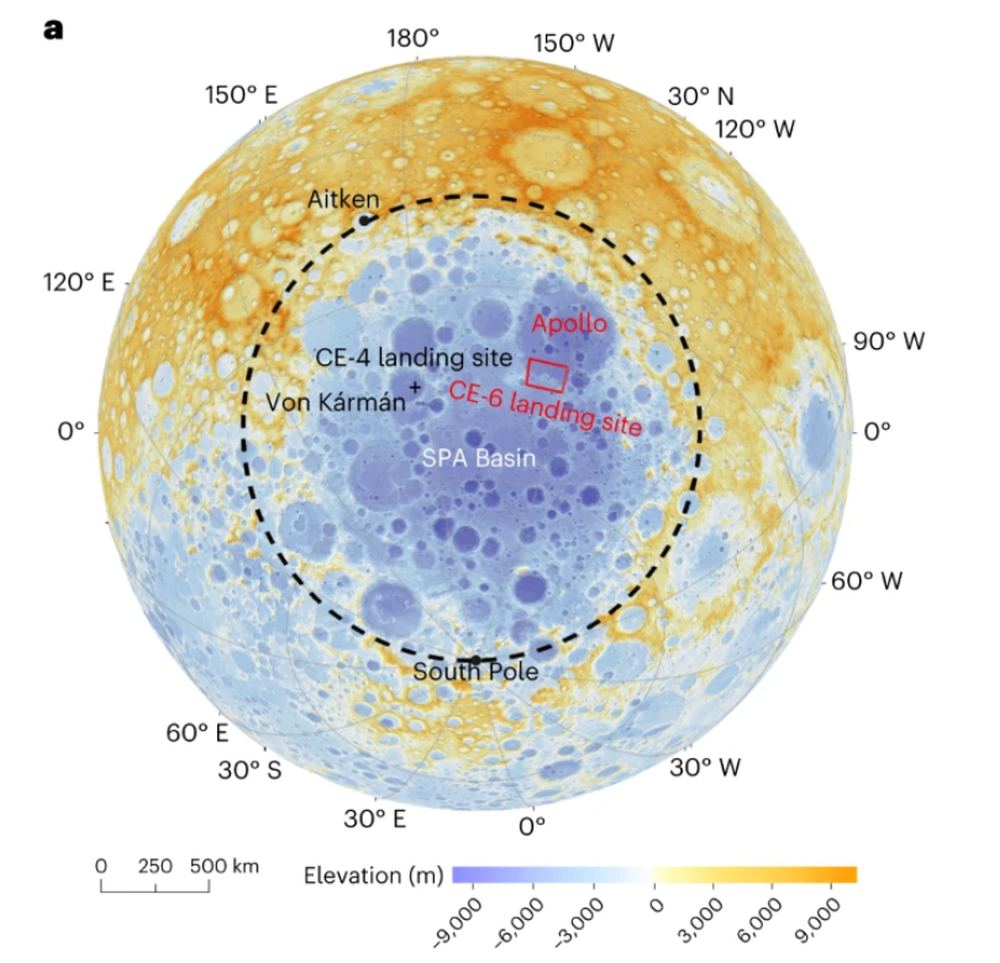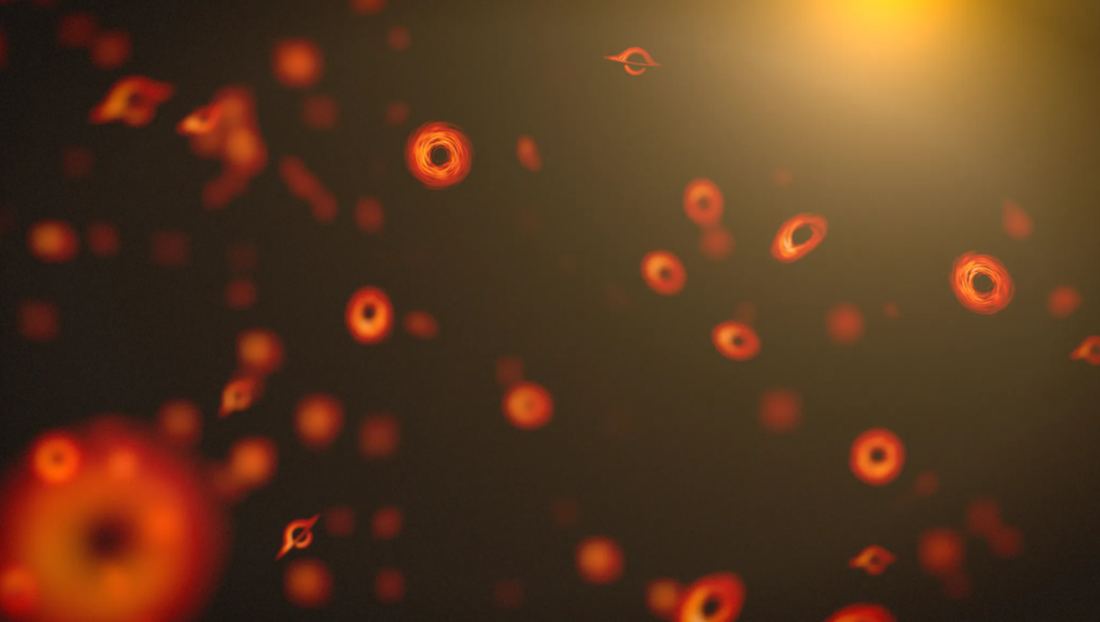Despite the vast distance between us and Saturn’s gleaming moon Enceladus, the icy ocean moon is a prime target in our search for life. It vents water vapour and large organic molecules into space through fissures in its icy shell, which is relatively thin compared to other icy ocean moons like Jupiter’s Europa. Though still out of reach, scientific access to its ocean is not as challenging as on Europa, which has a much thicker ice shell.
Continue reading “Linking Organic Molecules to Hydrothermal Vents on Enceladus”Linking Organic Molecules to Hydrothermal Vents on Enceladus


![Artist’s impression of one of the two stars in the FU Orionis binary system, surrounded by an accreting disk of material. What has caused this star — and others like it — to dramatically brighten? [NASA/JPL-Caltech]](https://www.universetoday.com/wp-content/uploads/2020/02/PIA20689_fig1.jpg)







